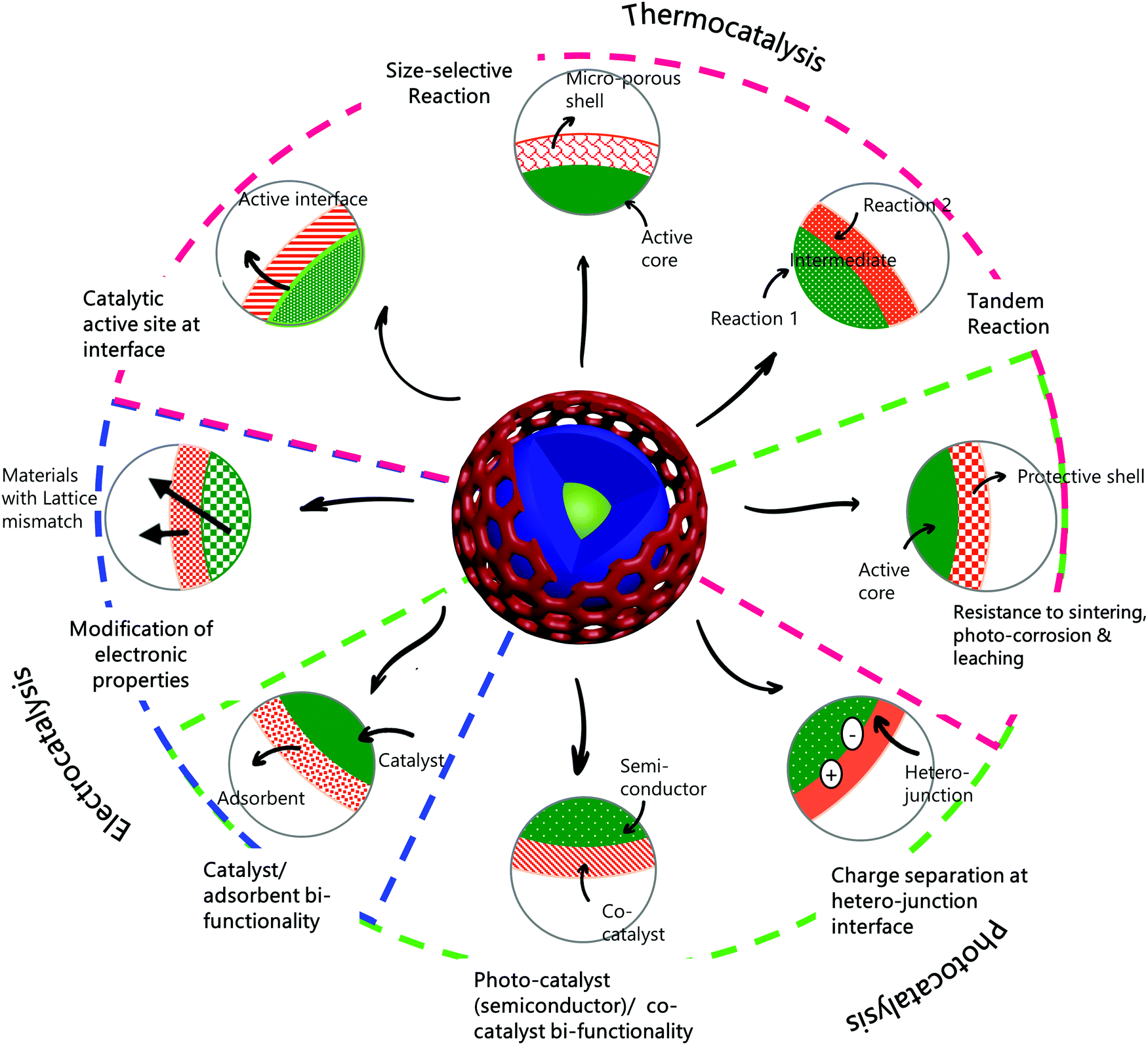

In order to create a core-shell particle, sol-gel processing techniques are employed initially. This article, Using Core-Shell UHPLC Columns for Improved Separation and Characterisation of Immunoglobulins and Other Large Intact Proteins, discusses some of the ways in which core-shell columns can be used in more detail. In addition to this, reducing system dwell volume and increasing detector scan rates are simple tasks which require minimal extra outlay. Yet a great deal of research and investigation has demonstrated that existing HPLC systems can be improved simply and cost-effectively with the addition of core-shell columns. Unfortunately, sub-2 particle ready equipment, which provides high speed, high efficiency analysis, generally generates pressures which exceed the standard limits of HPLC equipment.

Prohibitively costly UHPLC systems are created in accordance with sub-2 particle, high pressure applications. The difference between core-shell technologies and UHPLC systems

In terms of size and shape, core-shell particles are remarkably constant, which also helps to enhance separation efficiency by limiting variable analyte movement between the particles. (In order to increase efficiency it’s important to minimise sources of band broadening, such as diffusion). This is because diffusion only occurs via the porous, outer layer of the particle rather than the entire particle. Core-shell particles and high separation efficiencyĬore-shell particles’ high separation efficiency is largely due to more rapid analyte mass transfer – from the mobile phase through to the stationary phase and back again. Instead of investing in a costly UHPLC system, many labs are choosing to improve the efficiency of their existing HPLC system, increasing efficiency and reducing expenses in one fell swoop. Used in conjunction with high mobile phase flow rates, core-shell particles can reduce the amount of analysis time without impacting upon rates of separation efficiency or generating extreme back-pressures. While this may sound tricky, core-shell technologies provide a low-pressure, high efficiency solution to this particular problem. By revenue and profits, it is one of the largest companies in the world.Today, the vast majority of chromatographers seek to lower costs and increase productivity simultaneously. It is one of the oil and gas ‘supermajors’, headquartered in London. The announcement comes after increasing prices for liquefied natural gas (LNG) and crude oil earlier this year after the outbreak of the war in Ukraine helped Shell post record income.įounded in 1907, Shell plc is a British multinational oil and gas company. The downturn will likely negatively impact quarterly core earnings at Shell’s chemical unit by between USD 300M and USD 600M. The company also asserted that the group’s indicative chemicals margin dipped to USD 27 a ton versus USD 86 a ton in the prior three-month timeframe. The energy giant said that the decrease in margin is expected to have a negative impact of between USD 1.0B and USD 1.4B on the third quarter Adjusted Ebitda (earnings before interest, tax, depreciation and amortization) for Products compared to the second quarter 2022. Europe’s largest oil firm said its indicative refining margin is expected to come in at USD 15 per barrel during the period, down from USD 28 per barrel in the second quarter. On Thursday, London-listed shares in Shell PLC (LON: SHEL) dropped in mid-morning trading after the company warned that lower refining margins would hit third-quarter earnings.


 0 kommentar(er)
0 kommentar(er)
